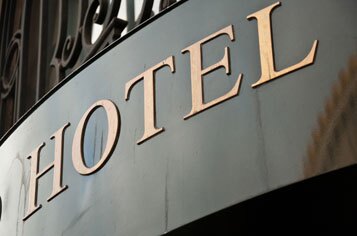During the late summer and early fall of 2020, auto lenders experienced a huge spike in the average recovery levels on defaulted loans in their securitized portfolios.
Levels that in 2019 that hovered under 60% for prime lenders and under 50% for non-prime skyrocketed to over 70% during August, and remained in that range for two months before descending in October and November toward more normalized levels, according to Kroll Bond Rating Agency.
The ratings agency claimed a "prevailing belief" is that this brief spike in improved recovery rates — which measure the portion of original principal balances that lenders recoup from bad loans after repossession — were abetted by the rise in average used-car prices in the months after the COVID-19 outbreak.
Demand peaked as budget-conscious car buyers used stimulus checks and federal jobless supplements to purchase used vehicles, driving the average used-car price to a record $20,000 by December, per Cox Automotive data. (Long-term trends away from buying pricier new cars also played a factor).
But the used-car price hike in 2020 may not tell the full story, or even be the main cause of the boost in recovery levels, Kroll asserted in a new report issued Monday.

Instead, Kroll says the rising recovery levels stem from the effects of last spring's repossession moratoriums. Whether following government edicts or their own COVID-19 relief programs, lenders delayed repo activity during the summer. That in turn paused the seizure and liquidation of vehicles securing defaulted loans.
"Repossession moratoriums have led to longer-than-usual recovery lags for loans that were charged off in the early months of the pandemic," the report stated. "As a result, vehicle liquidations were delayed until later in the summer and fall, leading to inflated aggregate recovery rates during those months."
Pre-pandemic auto-loan liquidations took only 30 to 45 days to process after a loan charge-off, according to Kroll. But since the outbreak, that average has swelled to 3.5 months after loan charge-offs fell to near zero over six months ago...but have since returned to a 2020 peak of 25% in October.
"As the backlog of liquidations begins to shrink, we expect the relationship between the amount charged off and the amount liquidated each month to normalize," the report stated. "Further, as recovery rates return to normal levels, we also expect some upward pressure on auto loan securitization net loss rates."








